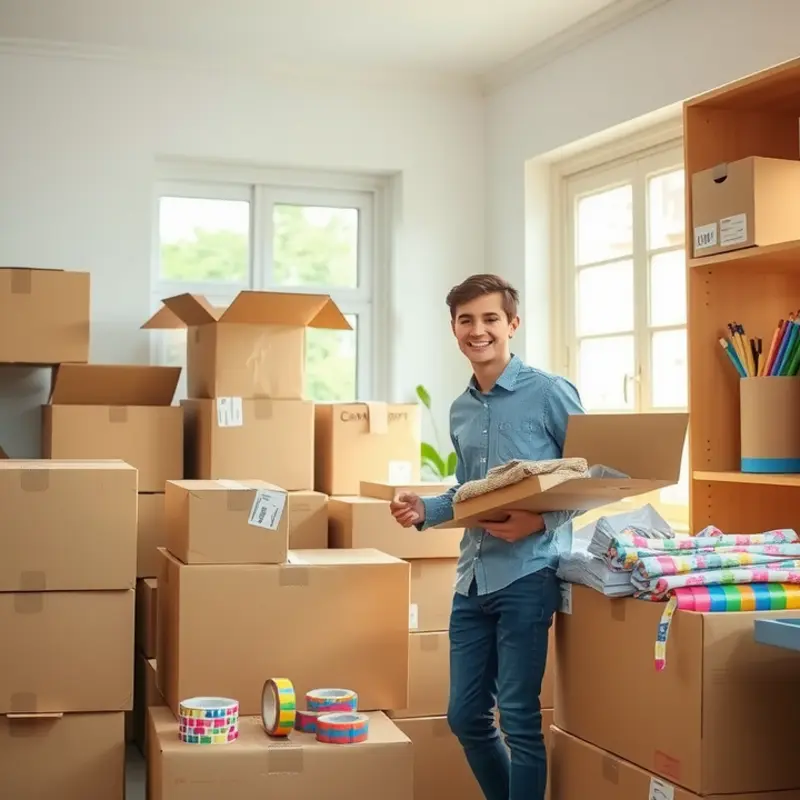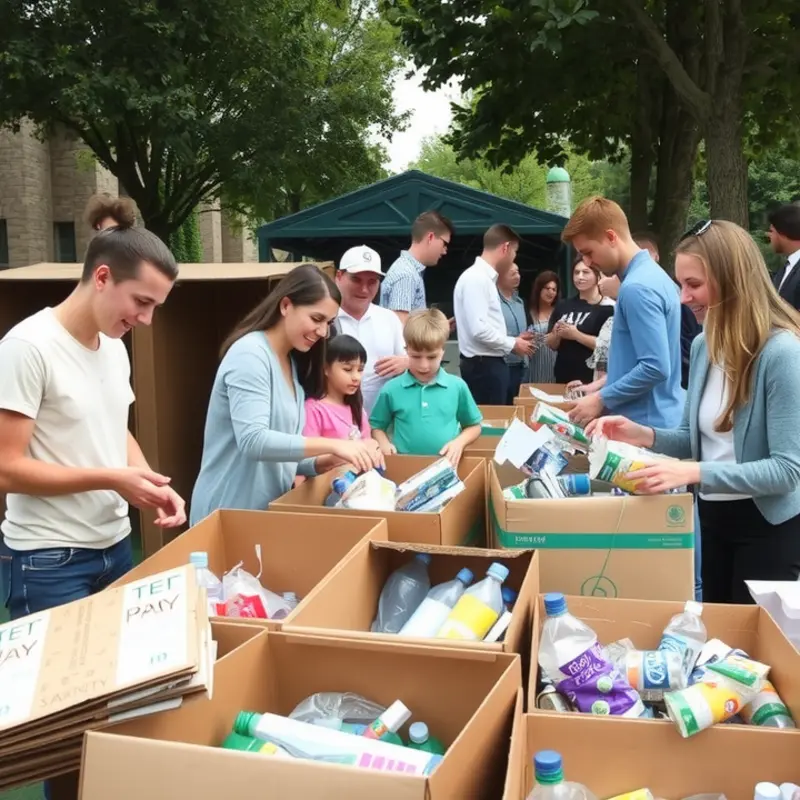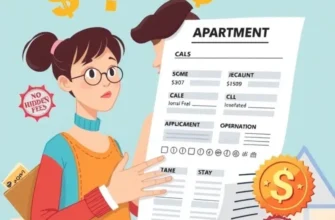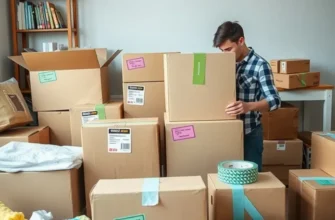Moving into a new rental can be one of life’s most exhilarating yet terrifying experiences, especially for young adults and first-time renters. The excitement of setting up your new place is often met with the dread of packing, heavy lifting, and managing the chaos that ensues. And let’s not forget about recycling – how do you ensure you’re doing your part for the planet while you’re at it? Fear not, dear reader! Whether you’re a young professional, a couple, or starting a family, this guide will sprinkle some fun over the stress of moving, as well as offer smart recycling tips to keep your conscience clean. So grab a cup of coffee (or maybe something stronger), and let’s dive into the nitty-gritty of moving and recycling, so you can strut into your new home with a clear mind and an eco-friendly approach. Your future self will thank you!
Packing Smart: Get It Together!

Planning your move should start with effective packing strategies. By packing smartly, you can reduce stress and make your transition seamless. Begin by assessing what you truly need in your new space.
A practical approach to packing is the decluttering process. Take a moment to evaluate what you use regularly versus items that are merely taking up space. Consider applying the one-year rule: if you haven’t used it in a year, it might be time to say goodbye. Donate usable items to local charities, which not only helps others but also lightens your load.
When it comes to the packing process itself, organization is key. Begin by categorizing items per room or function. This method ensures you know exactly where to find things when unpacking. Label boxes diligently, not just with room destinations but also with a brief description of contents—your future self will thank you.
Sustainability in packing is an area that’s often overlooked. Avoid purchasing single-use plastics or non-recyclable materials. Opt for reusable containers or cardboard boxes. Always tape a note to each box sharing that it can be recycled, encouraging sustainable habits. See how to make apartment centerpieces with recycled materials for inspiration.
For delicate items, old newspapers or recycled packing paper can be quite effective. Skip the bubble wrap and instead opt for fabric wraps. This is a clever way to transport clothes while protecting fragile items. Consider utilizing towels or linens for extra padding.
Executing a move efficiently also involves timing. Pack non-essential items gradually, starting at least a month before the move. This can help distribute the workload, minimizing last-minute pressures. Create a packing schedule with deadlines for each room, transforming an overwhelming task into manageable bites.
Efficiency can also come from mobility. Use suitcases, dorm-style storage bins, and even laundry baskets to consolidate items. Soft items like clothing or plush toys can fill up those extra spaces. Remember, multi-purpose packing is the hallmark of a savvy mover.
Finally, pack a “first-day essentials” box. Include toiletries, a change of clothes, basic kitchenware, and important documents. This box should be easily accessible, so you aren’t frantically searching late at night. The key is to arrive in your new space with essentials on hand, easing the first night transition.
By mastering these sustainable and organized packing techniques, your move can be both eco-friendly and efficient. Let your newfound skills set the tone for a smart and stress-free relocation.
Recycle Like a Pro: Waste Not, Want Not!

Moving to a new place is the perfect opportunity to embrace recycling more creatively. Much of what we associate with moving—like cardboard boxes and plastic wraps—can have a second life if treated thoughtfully. Cardboard boxes, ubiquitous during relocation, can be a particular focus. Instead of sending them to the landfill, recycle them by flattening and bundling them for curbside pickup. If you don’t have that option, many local stores and recycling centers accept them. Alternatively, these boxes can become makeshift organizers or be repurposed for crafting and DIY projects.
Bubble wrap is another packing staple that can easily be reused. Store it for future moves or offer it on community boards for others to use. Some mailing and shipping centers also accept it back for reuse, helping to keep this plastic out of landfills.
Old newspapers used for packing fragile items are perfect for composting since they break down quickly. If composting isn’t feasible, they can be used for cleaning glass and windows, providing streak-free results. As for heavy-duty items like wooden pallets, which you might have from larger deliveries, these can be transformed into furniture or garden projects. A quick search online can reveal numerous DIY projects that can give pallets a new purpose.
For textiles, consider donating items like curtains and cloths that you no longer need. Many organizations and textile recycling programs welcome old clothes and linens, diverting them from waste streams. You can find local recycling resources by checking municipal websites or community centers for comprehensive recycling guides. Also, utilize online platforms that map out recycling facilities near you.
It’s crucial to remember certain materials require specialized recycling. Plastic packing peanuts, for instance, are not widely accepted in regular recycling programs. Instead, drop them off at packaging stores or check if a local facility can handle them. For more unusual items, always verify with local guidelines as recycling capabilities vary across regions.
If you’re new to the area, it might be challenging to locate these resources. Check out this guide on urban vs. suburban renting for insights into how recycling options can differ based on your location.
Recycling can truly be more than just a post-move obligation when approached with a touch of creativity and planning. With these insights, you’re not just reducing waste, but also setting up an eco-friendly lifestyle in your new home. Embrace these methods and you’re likely to discover the joy in waste reduction, living by the principle that what was once deemed disposable can often find a vibrant second life.
Final words
Relocating doesn’t have to be a daunting task filled with chaos and clutter. By following these moving and recycling tips, you can not only make your transition smoother but also do your part in protecting the environment. Packing smart and responsibly disposing of your unwanted items will leave you with less stress and more good vibes as you set up your new home. Plus, the planet will appreciate your efforts! Remember, each small step counts towards a greener future. So gear up, embrace the change, and get ready to enjoy your new space. You’ve got this!









